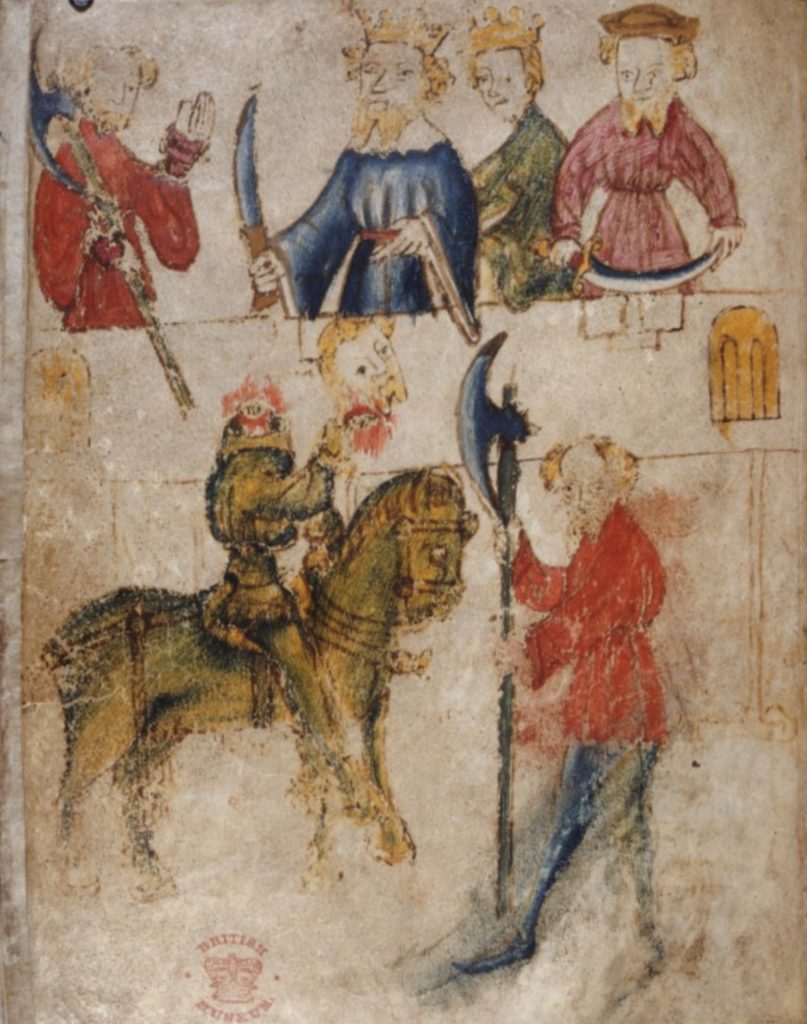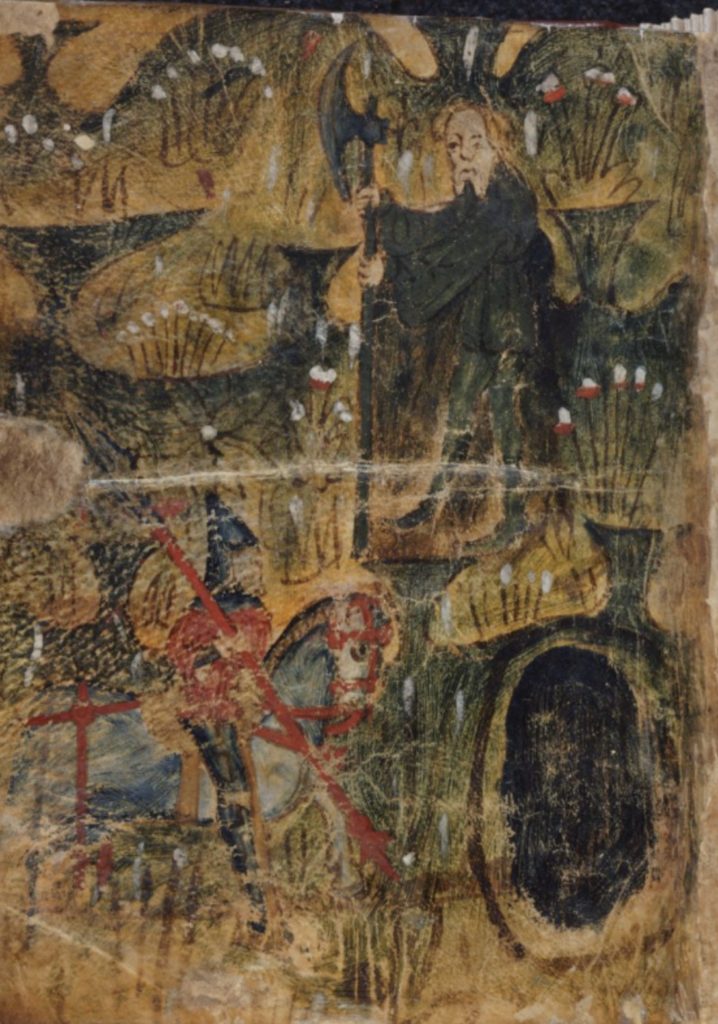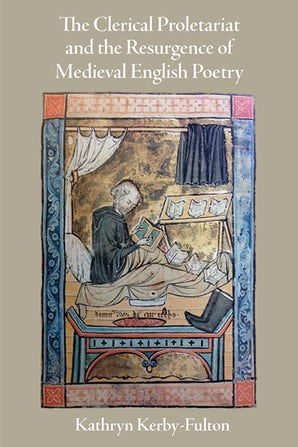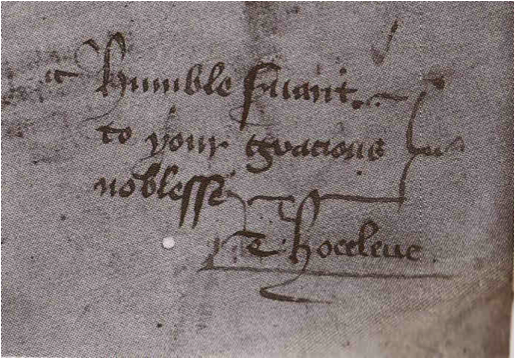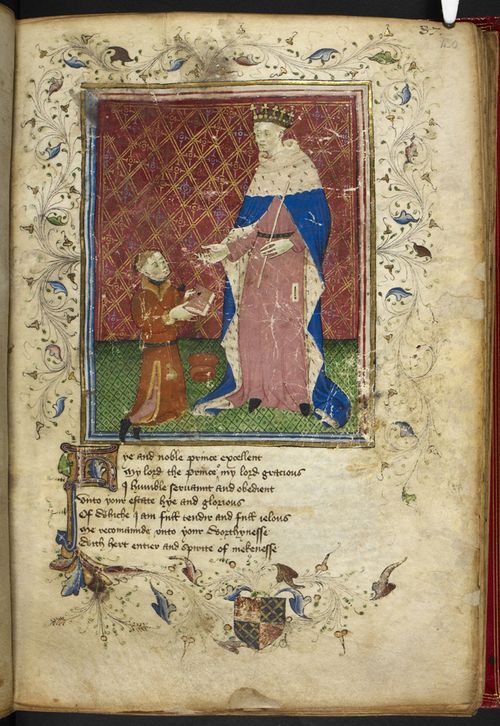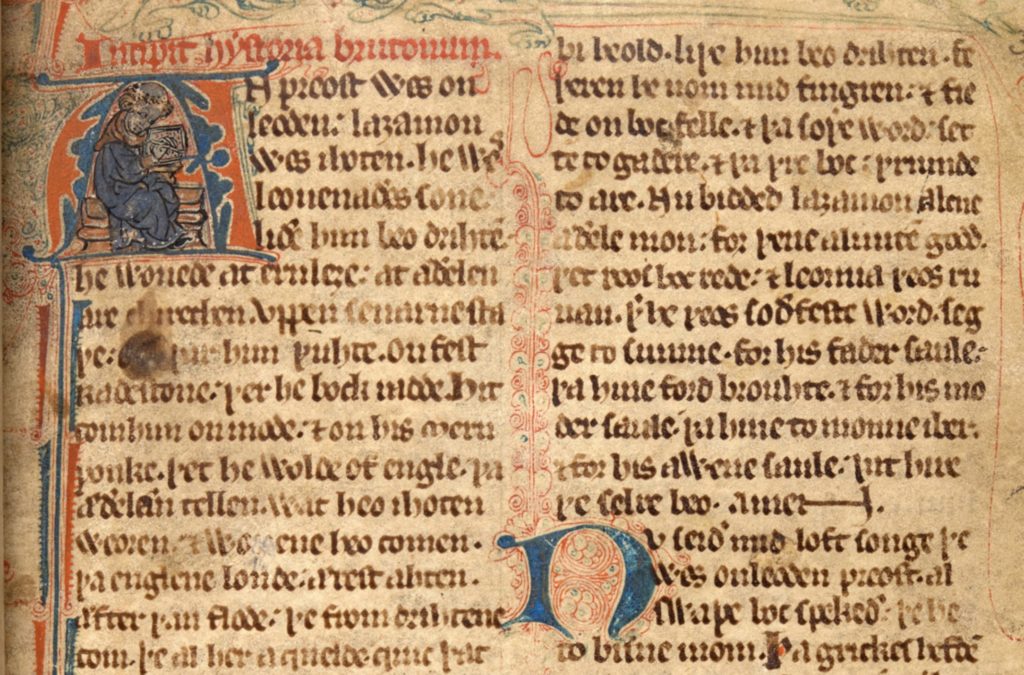If you ever fall asleep and wake up in a strange fantasy world, there is no reason to panic. Even if you have never rolled a d20 or published an article on Tolkien, you probably know you will be meeting your traveling party at an inn, dealing with a dragon or two, and feasting like it’s 1480 and you plan to commission a 124-folio illuminated manuscript account of your wedding that will also be printed for distribution to a wide public readership. [1] You know these things because a facsimile of the Middle Ages has been host to wizards, jinn, and paladins since Lord of Rings, since Gothic fiction, since 1000 Nights became 1001. And now you can know that medieval history holds all the answers you need to survive and triumph in a five-volume fantasy trilogy.
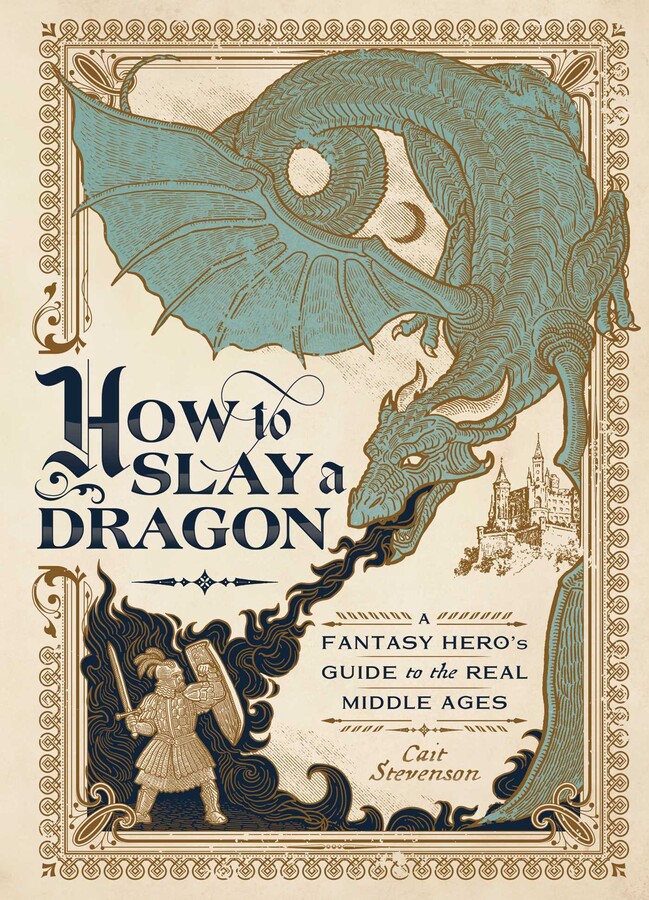
At least, this is the premise of my new book, How to Slay a Dragon: A Fantasy Hero’s Guide to the Real Middle Ages (Tiller Press, 2001). It is a handbook for heroes that uses fantasy tropes as allegory to teach medieval history–and a little bit about critical interpretation of sources along the way. Throughout the book, you take on the role of an illiterate peasant (a Chosen One?) called to a quest (slaying a dragon, saving the princess, figuring out what to do while the princess saves herself), and every chapter presents a common trope–the more magical, the better–as a problem to solve.
Befriending the Enchanted Forest might not be possible because enchanted forests do not exist, but Muslim and Christian rulers alike showed off their power and riches with silver forests filled with golden chirping automatons. Medieval patterns of evangelization and conversion demonstrate the exact opposite of Bringing the Old Gods Back, but the Sphinx guarded the desert outside the Fatimid capital, and Abu Ja’far al-Idrisi (d. 1251) wanted to know why. (Caliphs were more interested in staging races up the Great Pyramid and throwing torchlit parties at Giza.) If you have ever needed to survive some shrieking eels or use linguistic evidence to reconstruct Early English beacon warning systems, How to Slay a Dragon is the book for you.
From the standpoint of writing the book, on the other hand, one of the big advantages of working with an editor and sales team at a major publishing house was to see what did and did not appeal to them along the way. The ideas seem basic, especially from a classroom point of view, but the publishers’ explicit acknowledgment of them suggests both their necessity and a feeling that they are lacking in the overall public discourse on the Middle Ages.
The “medieval world”
It was vital to me to write about a “medieval world,” not just the western Europe that underlies traditional fantasy (or as I like to put it, A Fantasy Hero’s Guide to Fifteenth-Century Germany and Tenth-Century Cairo). What “medieval world” does and should mean in scholarship is constantly in flux, but I ultimately settled on a spiderweb approach: the economic and cultural networks that criss-crossed the world around the Mediterranean, with branches stretching out to the Sámi, Mali, Sumatra. My editor was thrilled that this approach acted as a counterpoint to narratives of the mythic white Middle Ages, and suggested that the push to diversify the fantasy genre has made average readers hungrier for a historical accuracy hunt in the medieval Islamic world as well.
Analyzing primary sources
Although most of the 1000-1500 word chapters bring together information from three to eight secondary sources and the occasional primary, several chapters zoom in on one or two primary sources, for example, John of Morigny’s Liber florum (“How to train a wizard”) and Bertrandon de la Brocquière’s Le Voyage de Outre-Mer (“How to cross the barren wastes”). [2] My editor thought readers would respond really well to my method of talking the reader through the source bit by bit, gradually revealing its own genre elements and how we should not take primary sources at face value.
Being specific about time, place, and origin
Because How to Slay a Dragon is essentially Medieval Studies 101 using a fantasy epic instead of a timeline as its narrative, I tried to be very specific about the time and place of every anecdote, event, or text. I was surprised at how strongly my editor stressed this point as well. But even more, she insisted that I include background information about primary sources. Once again, I think it’s a good lesson that people are hungry for firsthand access to actual medieval writing and material objects, but also to know how to understand them.
You, the hero
Throughout the process, the strength of the book’s quest through-narrative was the biggest point of contention between my editor and me. My original vision was to use the tropes as an excuse to talk about the “cool parts” of medieval history (need to cross a cursed swamp? Let me tell you about bathhouse ghosts and London’s public toilets). But the marketing team in particular pointed to the self-insert, immersive aspect of fantasy gaming (computer and tabletop) and even fanfiction, not just reading, in terms of how people engage medievalist fantasy. After all, as Tolkien himself pointed out in “On Fairy-Stories,” part of the eternal appeal of fantasy is the escape into another world–your escape.
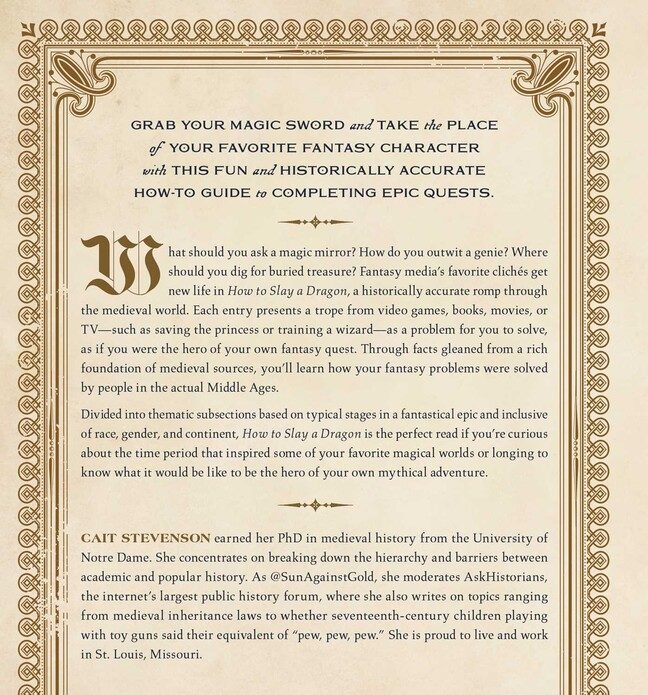
Although the first three points are foundational to how I, a medieval historian, approach the Middle Ages, I find it significant that my editor and marketing team believe so strongly in their place in books aimed at a popular audience. And if you are interested, of course, I invite you to see an example of how they can play out in How to Slay a Dragon: A Fantasy Hero’s Guide to the Real Middle Ages.
Cait Stevenson
PhD in History
University of Notre Dame
—
[1] The text and its illuminations are translated in Jane Bridgeman, The Celebrations at Pesaro for the Marriage of Costanzo Sforza & Camilla Marzano d’Aragona (26 – 30 May 1475) (Brepols, 2013).
[2] Claire Fanger and Nicholas Watson (eds.), John of Morigny: Liber florum celestis doctrine / The Flowers of Heavenly Teaching: An Edition and Commentary (Brepols, 2016); C. H. Schefer (ed.), Le Voyage d’outremer de Bertrandon de la Broquière (Ernest Leroux, 1892).

